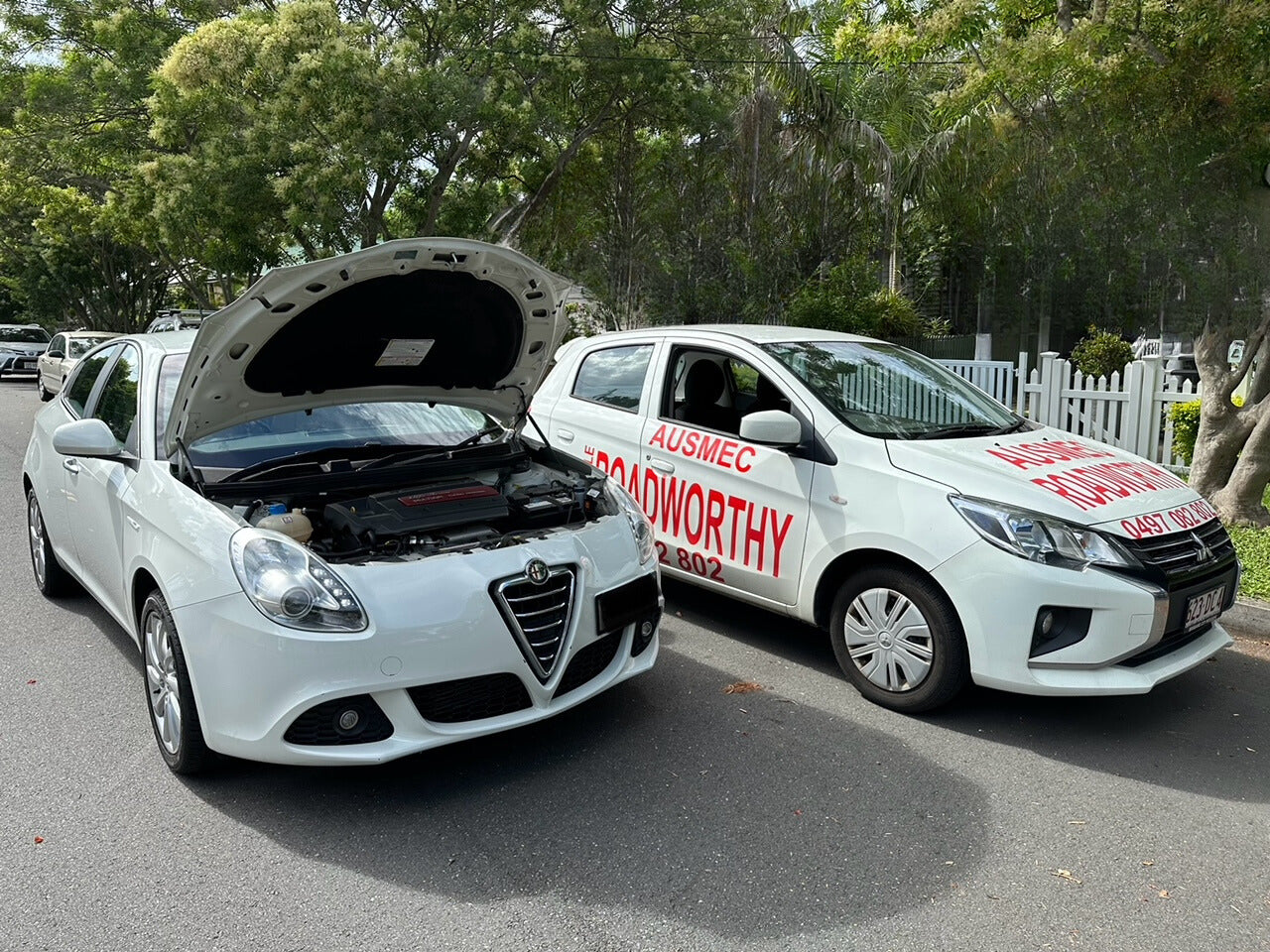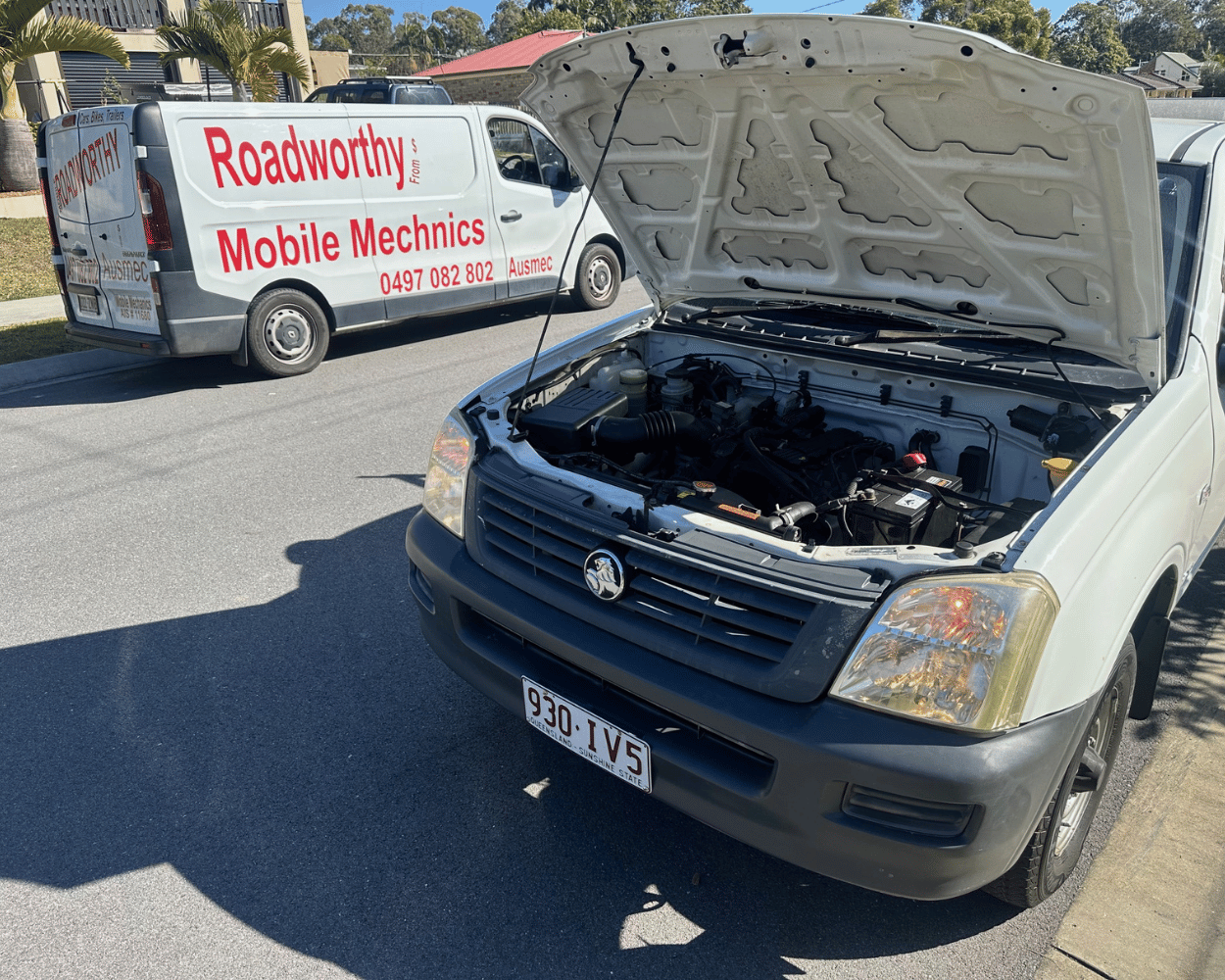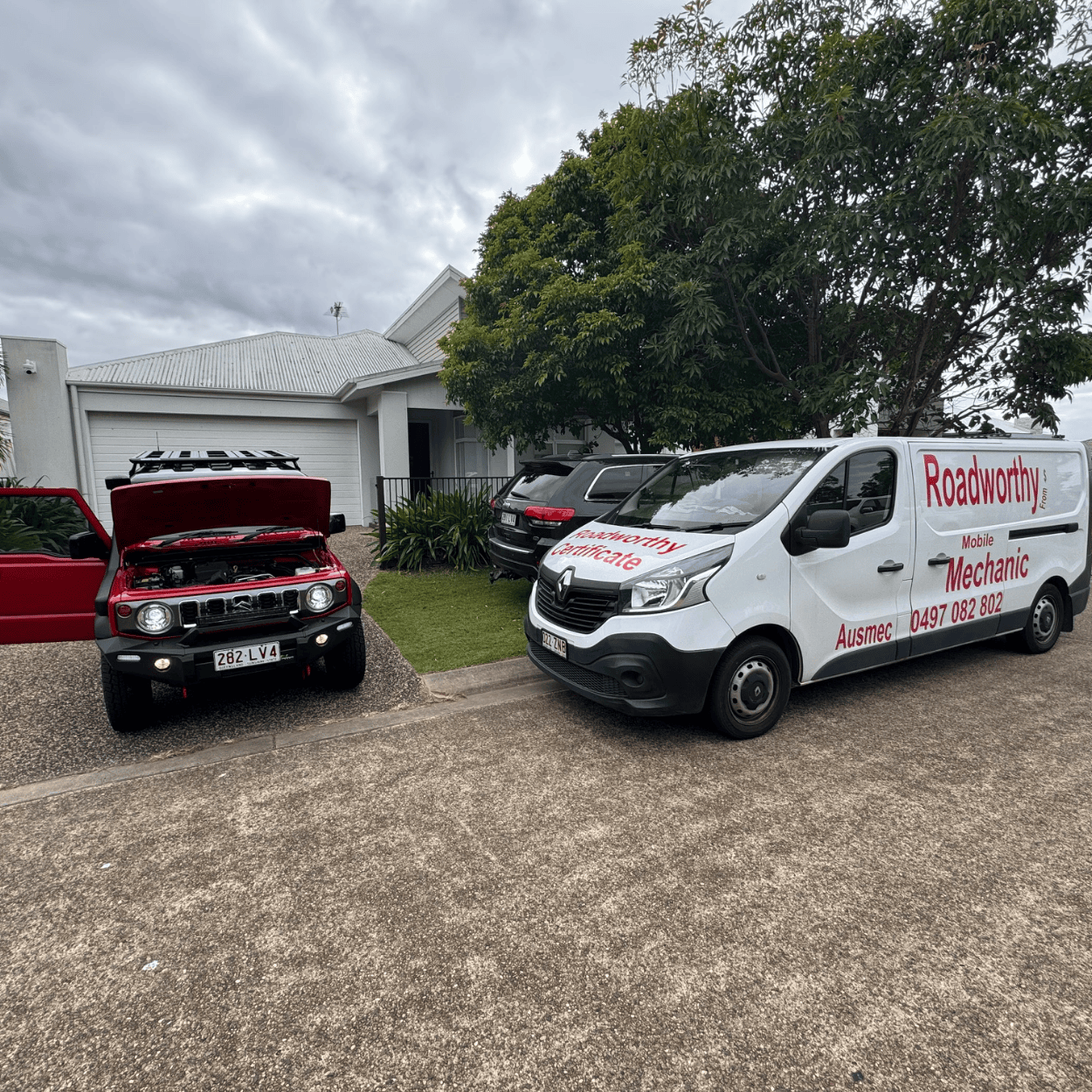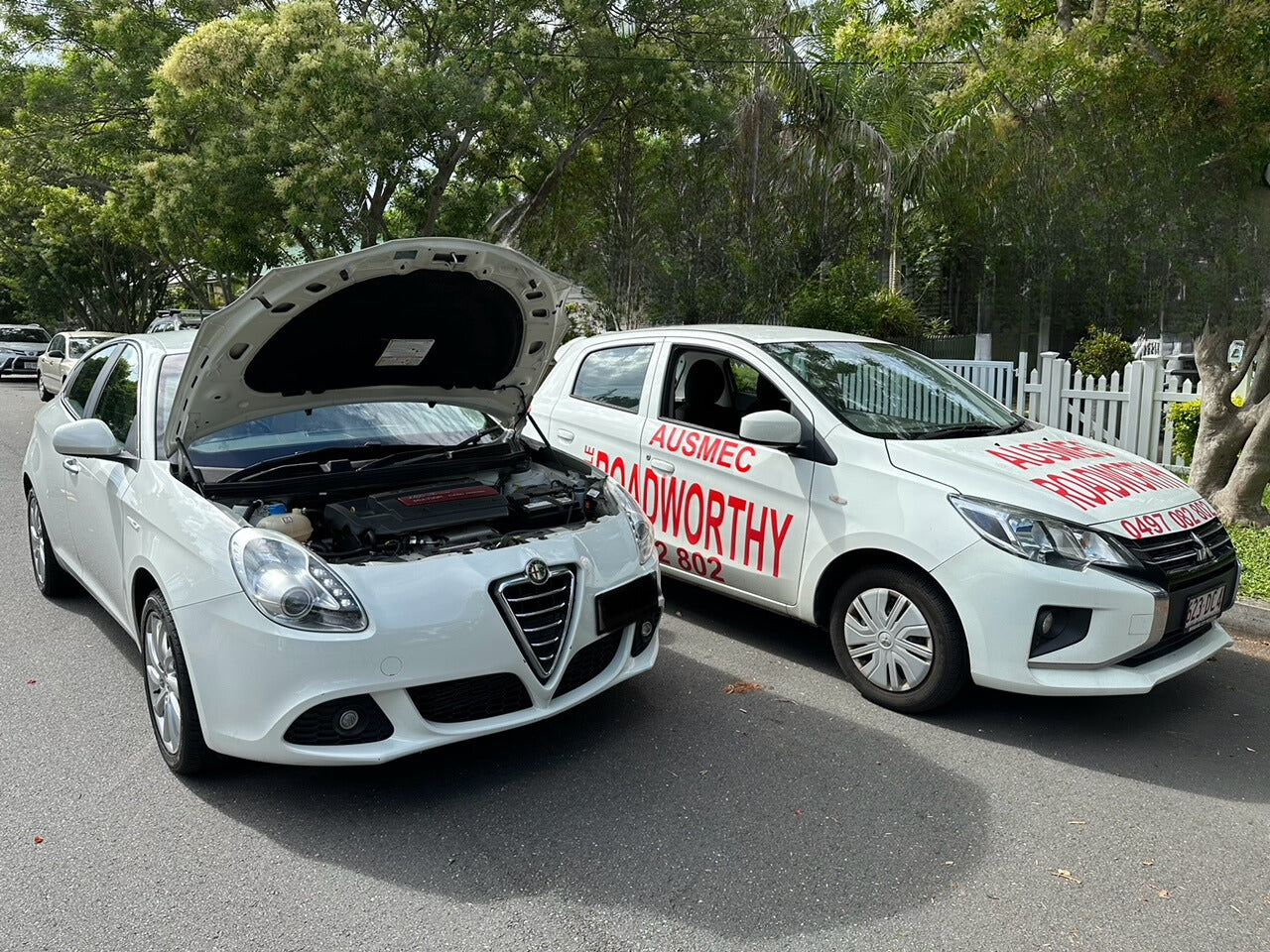Roadworthy Trailers and Caravans Lighting and Reflectors
Trailer Lamp (Lights) and Electrical Components Rejection Reasons (according to the Queensland Light Vehicle Inspection Manual)
The LVI Manual outlines reasons why a trailer's electrical system and lighting components might fail an inspection. Here's a breakdown of the key points for trailers (T):
Lighting Equipment (T):
- Any lights, reflectors, or other lighting equipment that are malfunctioning, damaged, or not positioned as required by regulations will cause rejection (T).
- Tinted or opaque covers on any lighting component are not allowed (T). Exceptions include removable headlamp covers and original manufacturer tinted covers (T).
- Poor visibility due to dirty/discolored lenses, weak lighting, or bad electrical contact will lead to rejection (T).
- Lighting components must be securely mounted, free of cracks, holes, or damage that can allow moisture or dirt to enter (T). Repairs to lenses are acceptable if they don't affect light effectiveness (T).
- License plate lamp(s) must illuminate the rear plate, not other surfaces (T).
- Any rear-facing lamp, except a reversing lamp, showing white light will not pass (T).
- Optional/additional lighting that interferes with mandatory lights will cause rejection (T).
- Lights not required or permitted by regulations are not allowed (T).
- Flashing lights are prohibited except for indicators, hazard lamps, and vehicles with special permits (T).
Headlamps and Reflectors (T):
- Tarnished reflectors or uneven headlamp intensity will not pass inspection (T).
- Headlamp obstruction by other components (e.g., bull bars) is a rejection reason (T).
- High-Intensity Discharge (HID) systems that are not self-leveling, lack a wash/wipe function, or have improper light dispersion will not be approved (T).
Other Lamps, Reflectors, or Additional Lighting (T):
- All applicable lamps must function correctly and emit the designated light color (T). The manual specifies the color requirements for various lamps like park lamps, brake lamps, turn signals, clearance lamps, and more (T).
- Daytime running lamps, if fitted, must turn on automatically when the engine starts (T). They can be off only if the parking brake is applied (manual transmission) or the vehicle is in park (automatic transmission) (T). Daytime running lamps must also switch off when headlamps are on (except when used as a flashing signal) (T).
- The reverse lamp, if applicable, must only operate when reverse gear is selected (T).
- Yellow/amber clearance lamps or front turn signals (on vehicles manufactured from January 1973) showing white light will cause rejection (T).
- The turn signal switch must be easily operable by the driver from their normal driving position (T).
- Turn signal operation must be indicated by a visible and/or audible signal (T).
- Additional headlamps (driving lamps) must operate only with the high beam circuit and have a separate on/off switch (T). A maximum of four (4) additional headlamps are allowed (T).
Rear Marking Plates (T):
- Do not overtake turning vehicle marker plates are not allowed on trailers shorter than 7.5 meters (T).
- Damaged, faded, discolored, or insecure reflective rear marker plates will not pass inspection (T).
- Rear marker plates must comply with relevant Australian Standards and be positioned as specified (T).
Wiring Harness (T):
- Electrical wiring that is not securely mounted, improperly insulated, exposed to excessive heat or chafing, or hinders occupant movement will be rejected (T).
Battery (T):
- Batteries must be secured in a cradle or carrier using hold-down clamps (T).
- Cracked, leaking, or batteries with missing caps will not pass inspection (T).
- Batteries located in enclosed areas (boot, cabin, etc.) must be adequately vented to the outside of the vehicle (T).
Contact form
1
/
of
4
Ausmec Mobile RWC & Mechanics
Mobile Roadworthy (Safety certificate)
Regular price
$145.00
Regular price
Sale price
$145.00
Unit price
/
per
Shipping calculated at checkout.
Share




